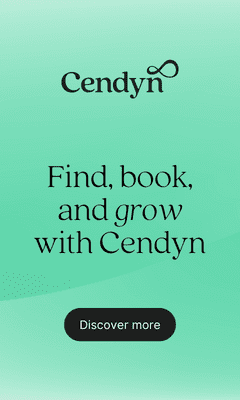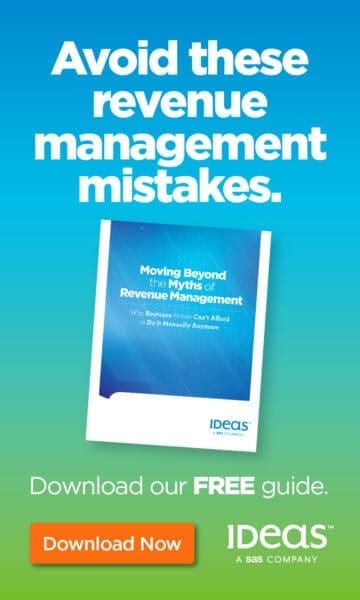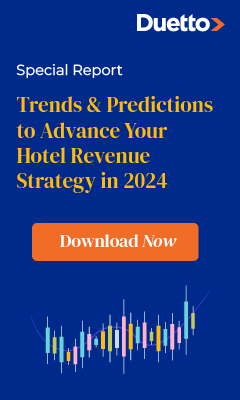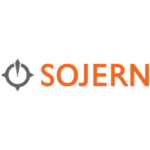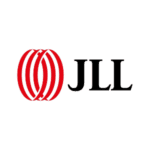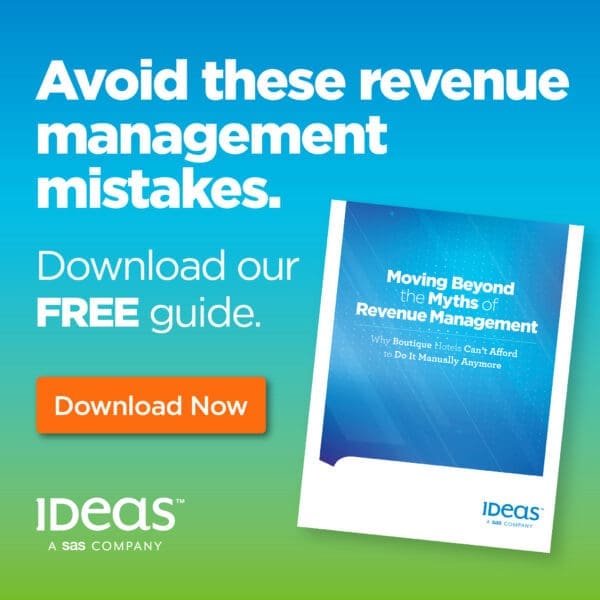Are you a sinner or a saint?
 While we all have our good and bad days, when it comes to the BIG five sins of content marketing, I’d guess that most hospitality marketers have been very naughty this year (tsk tsk!)!
While we all have our good and bad days, when it comes to the BIG five sins of content marketing, I’d guess that most hospitality marketers have been very naughty this year (tsk tsk!)!
(In case you need a quick overview of what content marketing is and why you HAVE TO implement a content marketing strategy for your hospitality business today (no matter whether yours is a B2B or B2C company), read my HuffPost article, “Content Marketing 101.”)
Now that we’re all caught up, let’s put your marketing tactics to the test… have you committed any of these five content marketing sins? If so, this article will give you actionable tips to help you embrace the light (a.k.a. improve your content marketing strategy) today!
Sin #1: Jargon overload
One of the most common mistakes that novice writers make is to fill their writing with as much jargon, technical speak and ten-dollar words – all to convince the reader of how good a writer they are or to hide that they aren’t as knowledgeable about their topic as they should be (which can also be known as “sesquipedalian loquaciousness”). See what I just did there? Don’t do that!
(Just to clarify, sesquipedalian is a term that is used to “describe a word that’s very long and multisyllabic” and “can also be used to describe someone or something that overuses big words, like a philosophy professor or a chemistry textbook.” Personally, I’ve never enjoyed listening to a philosophy professor blather on endlessly about Nietzsche or picked up a chemistry textbook for some light reading with a glass of wine after work; have you? Didn’t think so.)
So, here’s the lesson to be learned about this deadly sin: if your readers need to Google a word’s meaning while reading your article or if your fancy, jargon-filled writing limits their understanding of your sentence/argument/topic, then you are NOT doing your job.
As a reader, overuse of ten-dollar words often make readers assume that the writer is a pompous windbag: most will be annoyed and/or feel slightly stupid and, as a result, very unlikely to listen to your advice – and they definitely won’t want to buy your product/service; in fact, you’re doing the EXACT opposite of what content marketing was designed to do: educate your customers, establish yourself as a credible expert and build trust between your company and potential customers.
The same thing applies to tons of jargon and technical terms: unless your audience is very familiar with the terms, too much can also be a turn-off. Even when you are speaking to an audience who understands the difference between an RMS (revenue management system), an OTA (online travel agency) and ADR (average daily rate), always write the word out, in-full, the first time you use the acronym – like I did above; it makes it easy for everyone – no matter their operational/technical experience in the hospitality industry – to read your article without needing the help of our good friend Google.
Sin #2: Yawn!
That brings me to the second deadly sin of content marketing: boring content. It seems obvious to me but – based on a lot of the content that I read published by reputable hospitality companies – it seems that boring your audience to death isn’t as obvious a mistake to everyone else in the industry.
FACT: Other than the people who like reading their chemistry textbooks, readers prefer interesting articles to boring ones.
Boring=Less Reads=Less ROI
vs.
Interesting=More Reads=More Brand Recognition=More ROI
Simple enough?
Sin #3: Ignore your audience
If you don’t know about or think about your audience when you’re writing your content, you’ll lose their interest more quickly. (As before, less reads=less ROI.)
Whenever you are writing a new article or piece of content, your first thoughts should be:
What is your intended audience thinking/feeling/struggling with in the operation of their hotel? What are they looking for? How can your product or service help address that need?
Or if you’re marketing to consumers, what would a potential guest be thinking about/want to know about/need answers on before they make their decision about where to travel and, more importantly, where to stay during their trip?
To be effective, your content MUST answer these questions to have it speak to your readers and be remembered. If you continue to write high-quality articles that provide true value, your company will carve out a place in the reader’s mind as a trustworthy company with lots of experience and knowledge. The brand awareness and credibility that you are building, over time, is what helps shorten the sales cycle when you do eventually approach the reader with a sales proposition (or, even better, when they approach you directly).
It’s a business win/win but, to get there, you need to do the hard work of thinking like your reader and writing what they want to read and learn EVERY. SINGLE. TIME.
Sin #4: Blabbermouth McGee
Another rookie mistake is to think that the longer an article is, the better/more valuable it is; in truth, you should never be writing extra words just to fill space (or a certain word count).
Here’s a quick bit of history on the content marketing industry: back in the day, we all thought that shorter content was better so we would keep our articles short, sweet and to-the-point (approx. 500 to 1000 words). Recently though, Neil Patel showed us that long-form content is more effective than shorter content IF (and this is a big if) it is written well and IF it offers real value.
According to Neil, there are a few factors that are most important when determining what length your article should be for maximum readability and ROI (I’ve included a few here but click through to the full article on NeilPatel.com to read more about this very interesting topic):
- Substance – Use only the number of words that you need to convey valuable info. Don’t use filler words or content just to sound smarter.
- Format – Most readers just “scan your content and check out headers, sub-titles, and bullet points as well as look at the images”. Make sure that you integrate these formatting elements into longer articles to ensure that the article isn’t TL;DR (text speak for Too Long; Didn’t Read).
- Audience – See Sin #3.
- Frequency – People who post less frequently can get away with longer, more in-depth content; however, if you’re posting very regularly, it may be better for you to stick to shorter-form content to ensure that your readers don’t get bored or overwhelmed.
Neil also suggests ideal lengths for certain industries:
For travel articles (B2C) articles, he suggests keeping the word count between 1500-1850 words. He also reinforces how important it is to ensure that each word is necessary to cover your topic in a relevant, interesting, in-depth way; if not, you should keep your article shorter, so that you’re only using the number of words necessary to communicate your message. (I know, I sound like a broken record!)
Unlike B2C travel writing, Neil suggests that technology articles (this is where B2B tech vendors to the hospitality industry would fall) should be shorter; typically, technology-related content should only be between 800 to 1000 words per article, which, by the way, is what I always recommend to my clients, as it yields the best ROI in hospitality trade publications. (As you can see, I don’t always follow this rule but I’m nothing, if not verbose (lol); 1264 words and counting…)
Sin 5: What personality?
I’m not sure if you noticed but the way that I write (this article is a perfect example!) is quite unique for business-related articles:
- I write like I talk, which often includes a lot of Millennial text-speak and emoji references.
- I use semi-colons like they’re going out-of-style (they NEVER will though!).
- I like to add a dash of sass whenever I can to keep the articles interesting and readable.
- I use brackets and em dashes very frequently to offer small asides and/or shorten my often-verbose, (almost) run-on sentences.
- I always follow Neil’s rules about formatting (i.e. subheads and lists, like woah) to break-up the content and make it look less overwhelming to readers.
- Exclamation marks are this girl’s best friends!!!
If you read any of the articles that I’ve written in the 10+ years that I’ve been writing about hospitality industry marketing topics, I’ve stayed true to this personality and style in all my writing. This consistency has benefited me in many ways:
- My written voice/style communicates my real-life personality. This connection is HUGELY important in building relationships with potential customers and others in the industry; with me, what you read is what you get, on- or offline, so if you’ve read my articles online and then we speak on the phone, the same ol’ Jenn will be there chatting back.
- It makes it easier to read, even when I am sharing kinda boring and/or technical info.
- It makes my articles stand out from the hundreds (thousands?) of other articles in the hospitality industry that talk about similar topics.
- As I said earlier, the more that you can connect with your readers, the more they are likely to remember you (and your brand); sharing your unique personality in your writing is the best way to create impact that will boost the ROI on your articles.
Well, that’s it: the five DEADLY sins of content marketing. Tell me… how many of you have committed at least one of these sins in the past hour? Day? Week? Month? Year?
If your answer to any of the above was “I have,” you’ve got some work to do. Unlike in the dating world, nice guys (and girls) in the marketing world DON’T finish last – so drop those sins like a bad habit and update your content marketing strategy today!
By Jennifer Nagy, President of JLNPR & Instructor at DIY.JLNPR













